Have you ever found yourself scratching your head, watching your pint-sized pup bark at the mailman for the hundredth time? Or maybe you’ve felt the embarrassment of your little dog pulling you down the sidewalk like a tiny, furry tornado. Small dogs pack a lot of personality into their compact bodies, and sometimes, that energy explodes into some downright baffling behavior. But don’t worry—help is at hand! Let’s dive into five tried-and-true tips for tackling those pesky behavioral issues, all while keeping things light-hearted and full of fun.
Understanding Small Dog Syndrome: Myth or Reality?
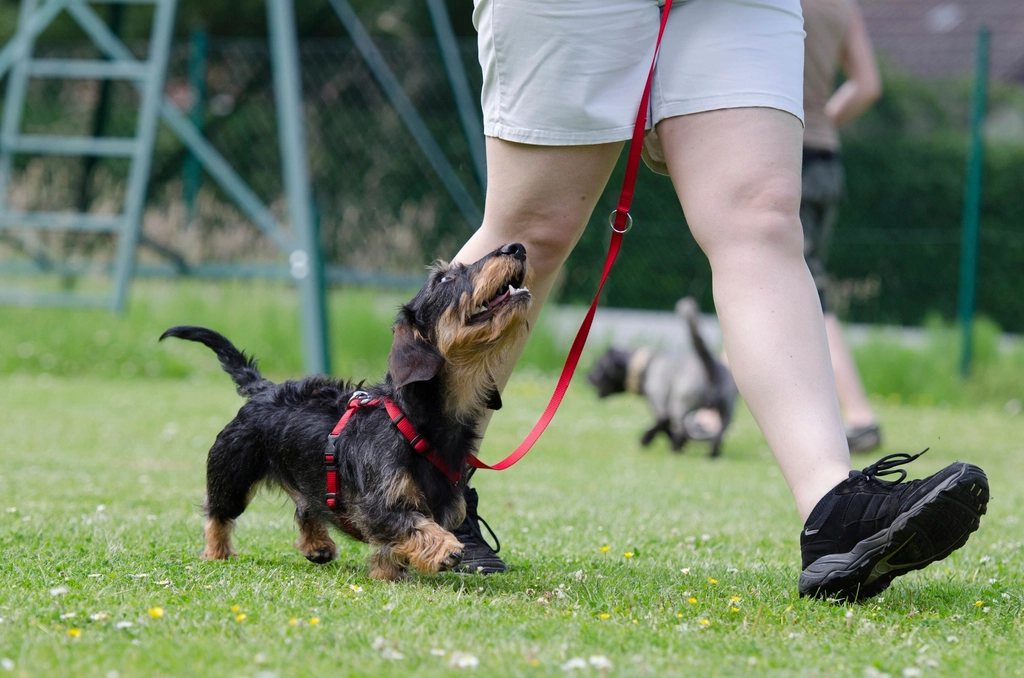
Many dog owners have heard of something called “small dog syndrome.” It’s a term tossed around for those big personalities in small packages, where a little dog acts like the king of the castle (or the park bench). But is it real? In some ways, yes—small dogs often get away with behaviors that bigger dogs wouldn’t, simply because they’re less intimidating. Owners might laugh off a Chihuahua’s growl, while a Rottweiler would be sent for training. This double standard can accidentally teach small dogs that barking, nipping, or demanding attention gets them what they want. It’s not that small dogs are born naughty; often, it’s the people who treat them differently. Recognizing this is the first step to fair and successful training. Remember, your tiny canine’s brain is just as eager to learn as any big breed’s.
Tip #1: Consistency is Key—No Special Treatment!
It’s tempting to scoop up your little dog every time trouble brews, but this can teach them that barking or jumping up leads to cuddles and attention. Consistency means setting the same rules for your small dog as you would for any pet, no matter their size. If jumping on guests is a no-no for a Labrador, it should be off-limits for your Yorkie, too. This might mean practicing a polite “sit” before greeting people, or using the same simple commands every time. Consistent cues help your dog understand exactly what you expect. Over time, your little pal will realize that good manners, not chaos, get rewarded. It’s like teaching a child to say “please” instead of throwing a tantrum—patience and repetition really do pay off.
Tip #2: Make Training Fun with Positive Reinforcement
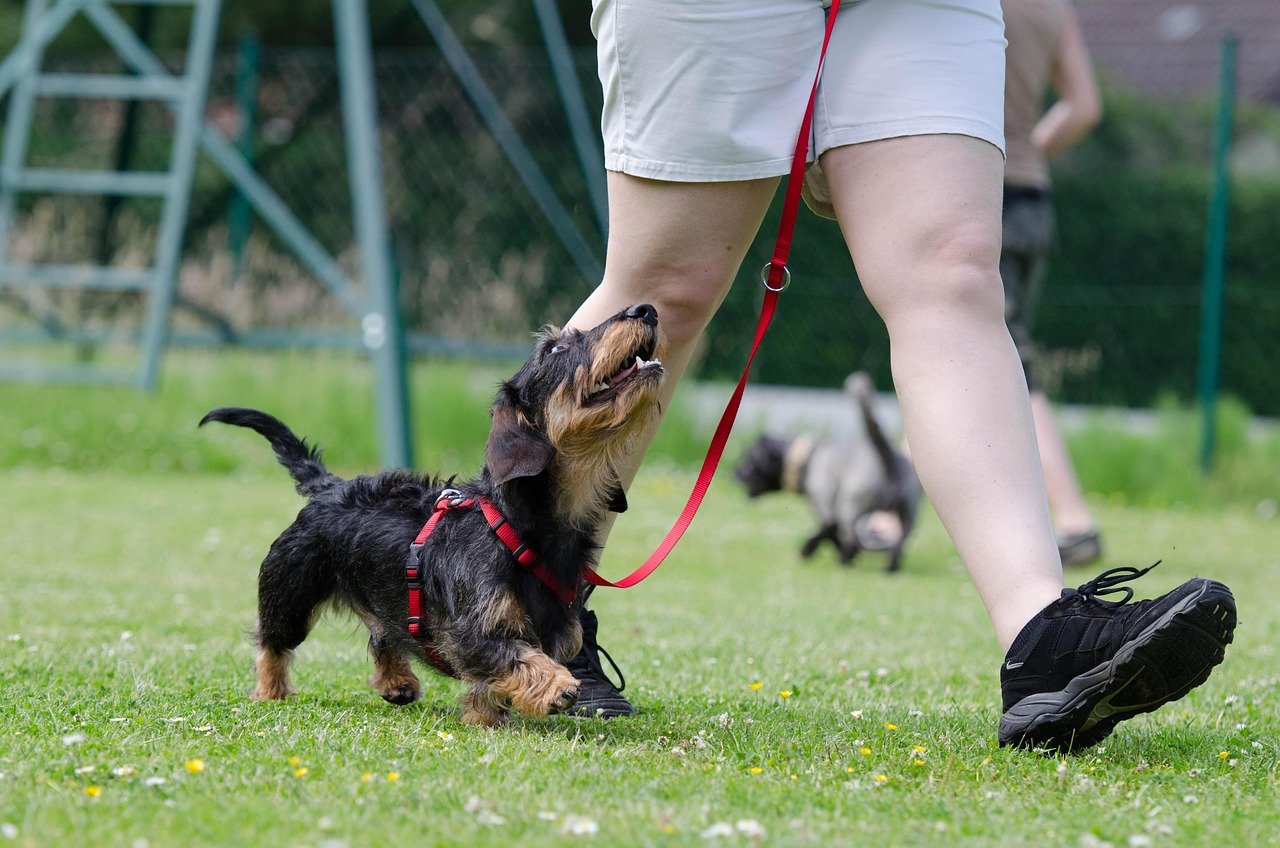
Who says training has to be boring? Small dogs often have short attention spans, so turning lessons into games keeps them engaged and eager. Use treats, praise, and even a favorite squeaky toy to reward good behavior. For example, if your pup sits quietly instead of barking at the doorbell, celebrate with a tasty treat and a happy “good dog!” This positive approach builds trust and makes your dog excited to learn. Imagine training as a dance—when your dog gets the steps right, you both get to enjoy the music. Avoid harsh discipline, as it can make your little dog anxious or fearful. Instead, focus on reinforcing the actions you want to see. Every success, no matter how small, is a reason to celebrate.
Tip #3: Socialization—Small Steps for Small Paws
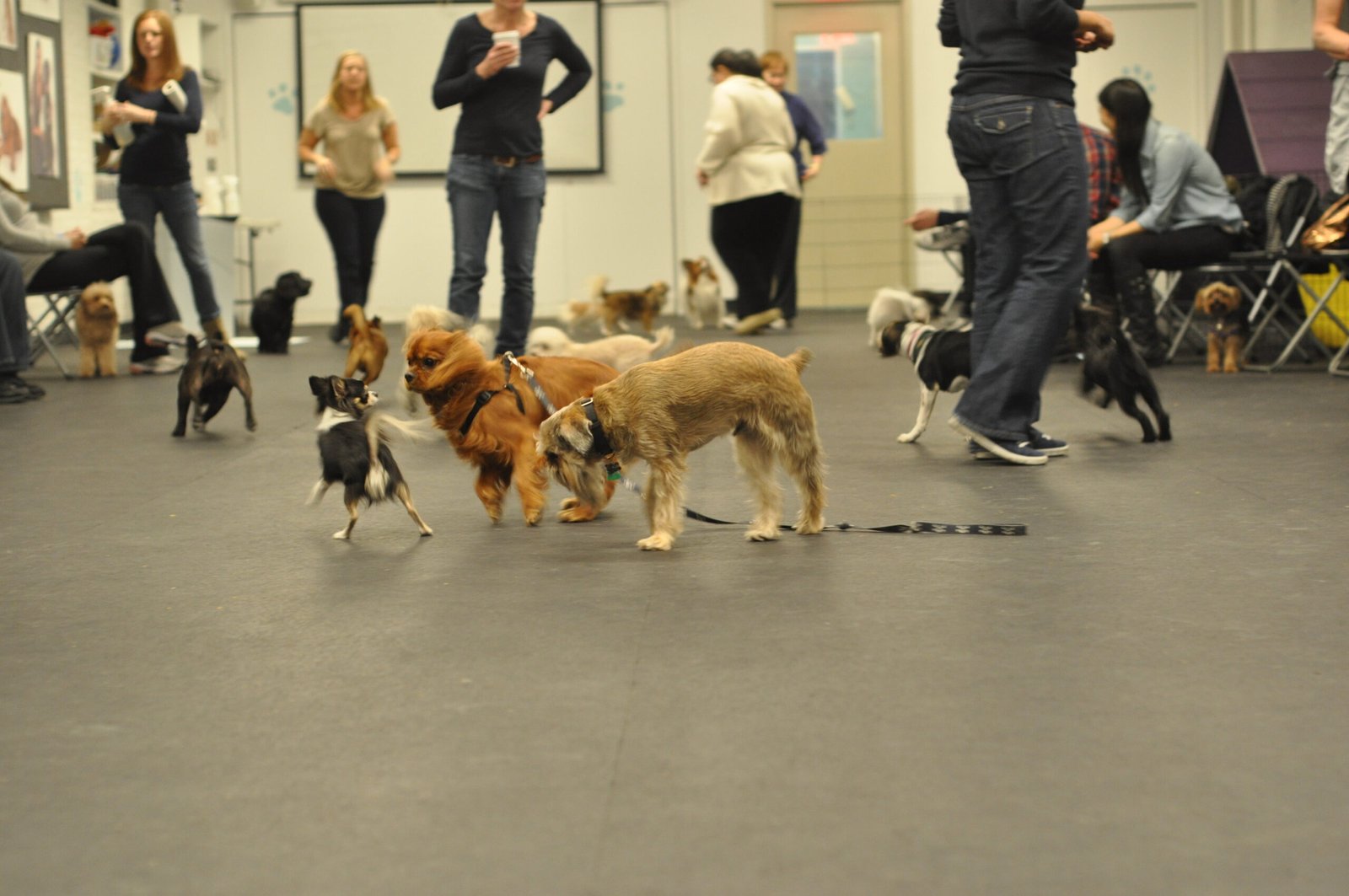
Socialization is more than just puppy playdates—it’s about gently introducing your small dog to new people, animals, sights, and sounds. Early, positive experiences help prevent fear-based behaviors like barking or snapping at strangers. Start with calm environments, like a quiet park or a friend’s backyard, and gradually work up to busier places. Don’t rush; let your dog set the pace. If they seem nervous, offer reassurance and treats for calm behavior. Socializing isn’t just about making friends—it’s about building your dog’s confidence. Picture it like learning to ride a bike: slow and steady wins the race. With time, your dog will learn that the world isn’t such a scary place after all.
Tip #4: Exercise and Mental Stimulation—Tire Out That Tiny Tornado
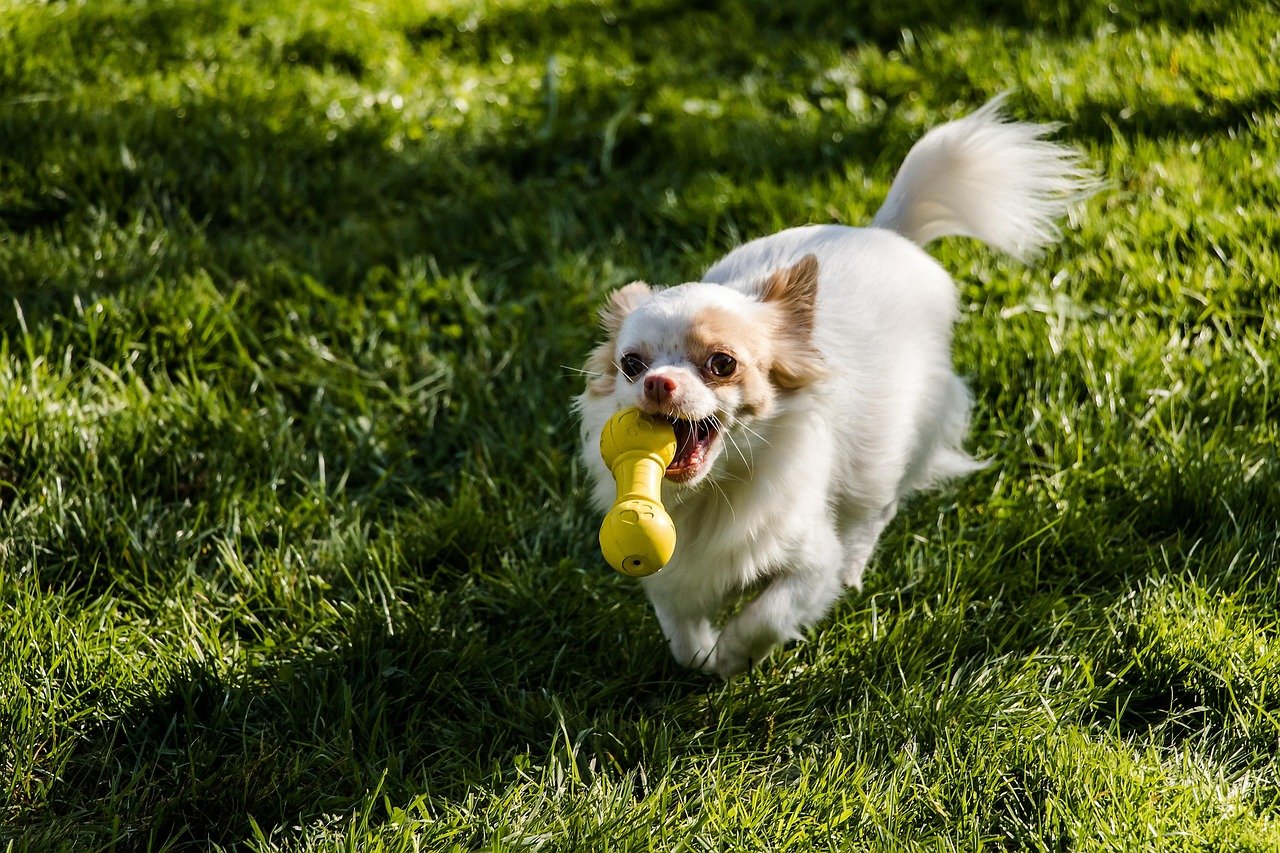
Small dogs might fit in a purse, but their energy levels can rival a room full of toddlers. A bored dog quickly becomes a mischievous one, so regular exercise is a must. Short walks, indoor games of fetch, or puzzle toys can work wonders. Try hiding treats around the house for a fun sniffing adventure. Mental stimulation is just as important—think of it as brain food for your furry friend. Training sessions, new tricks, or interactive toys can help prevent boredom-based issues like chewing or barking. Even a few minutes of daily activity can make a big difference. A tired dog is a happy, well-behaved dog!
Tip #5: Seeking Help—When to Call in the Pros
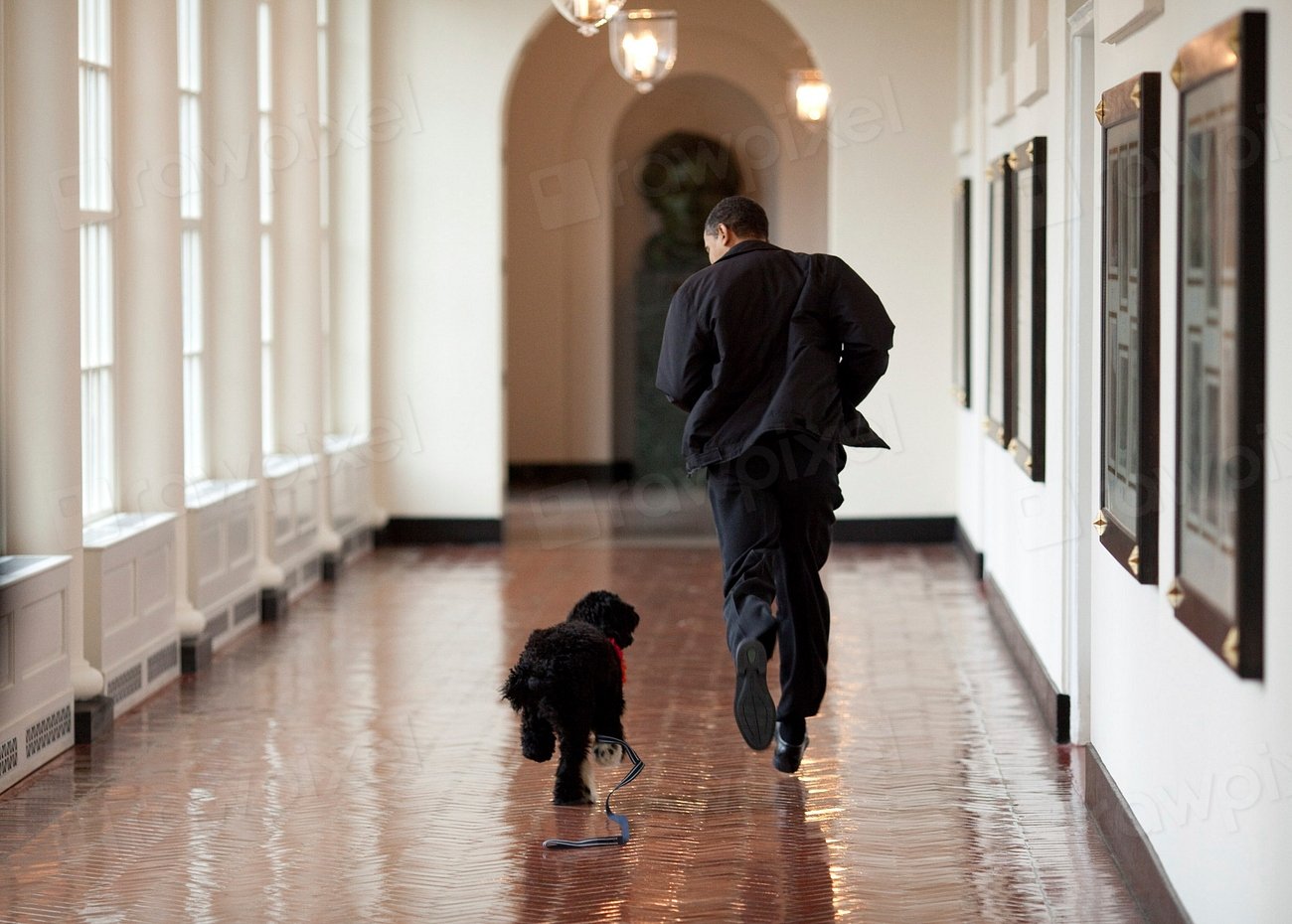
Sometimes, despite your best efforts, stubborn behaviors just won’t budge. That’s when it’s time to call in a professional dog trainer or behaviorist. Think of them as a coach for both you and your pet—they can spot patterns, suggest new techniques, and provide support when things get tough. Don’t feel embarrassed; even experienced dog owners need help sometimes. A pro can tailor their advice to your unique situation, making training smoother and more effective. If your dog shows signs of aggression or extreme anxiety, expert guidance is especially important. Remember, asking for help isn’t a sign of failure; it’s a step toward a happier, calmer home for you and your little companion.

Andrew Alpin from India is the Brand Manager of Doggo digest. Andrew is an experienced content specialist and social media manager with a passion for writing. His forte includes health and wellness, Travel, Animals, and Nature. A nature nomad, Andrew is obsessed with mountains and loves high-altitude trekking. He has been on several Himalayan treks in India including the Everest Base Camp in Nepal.






